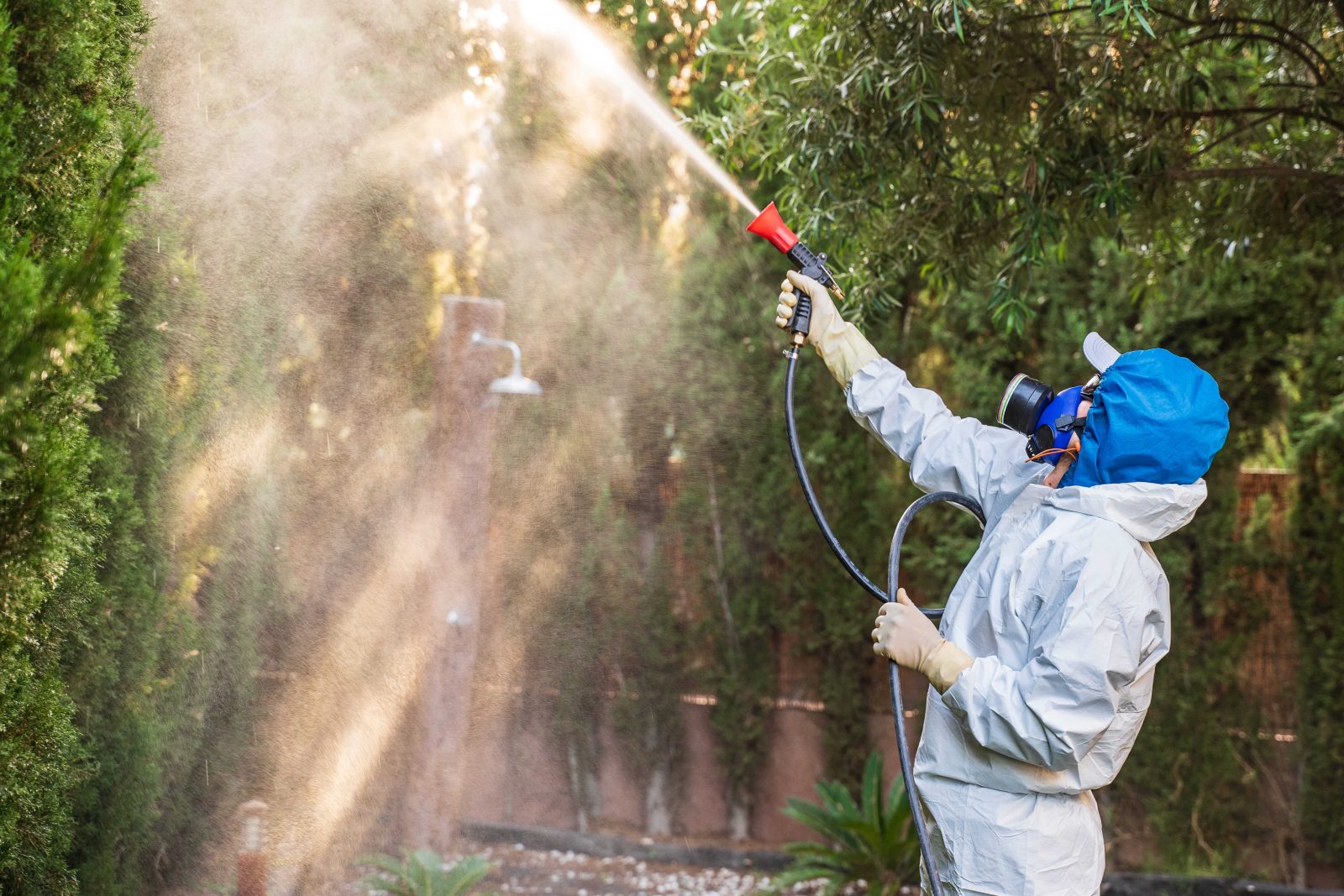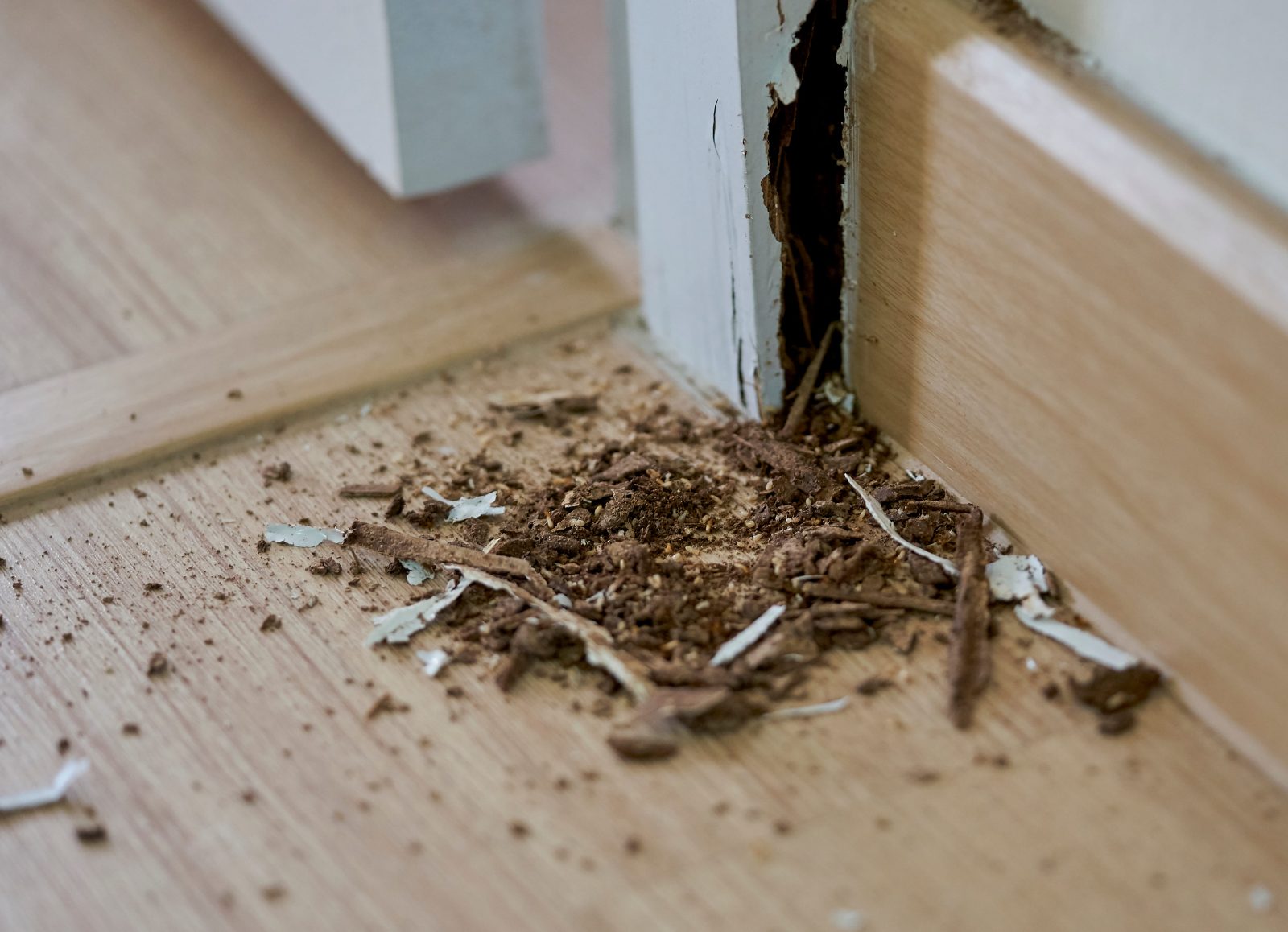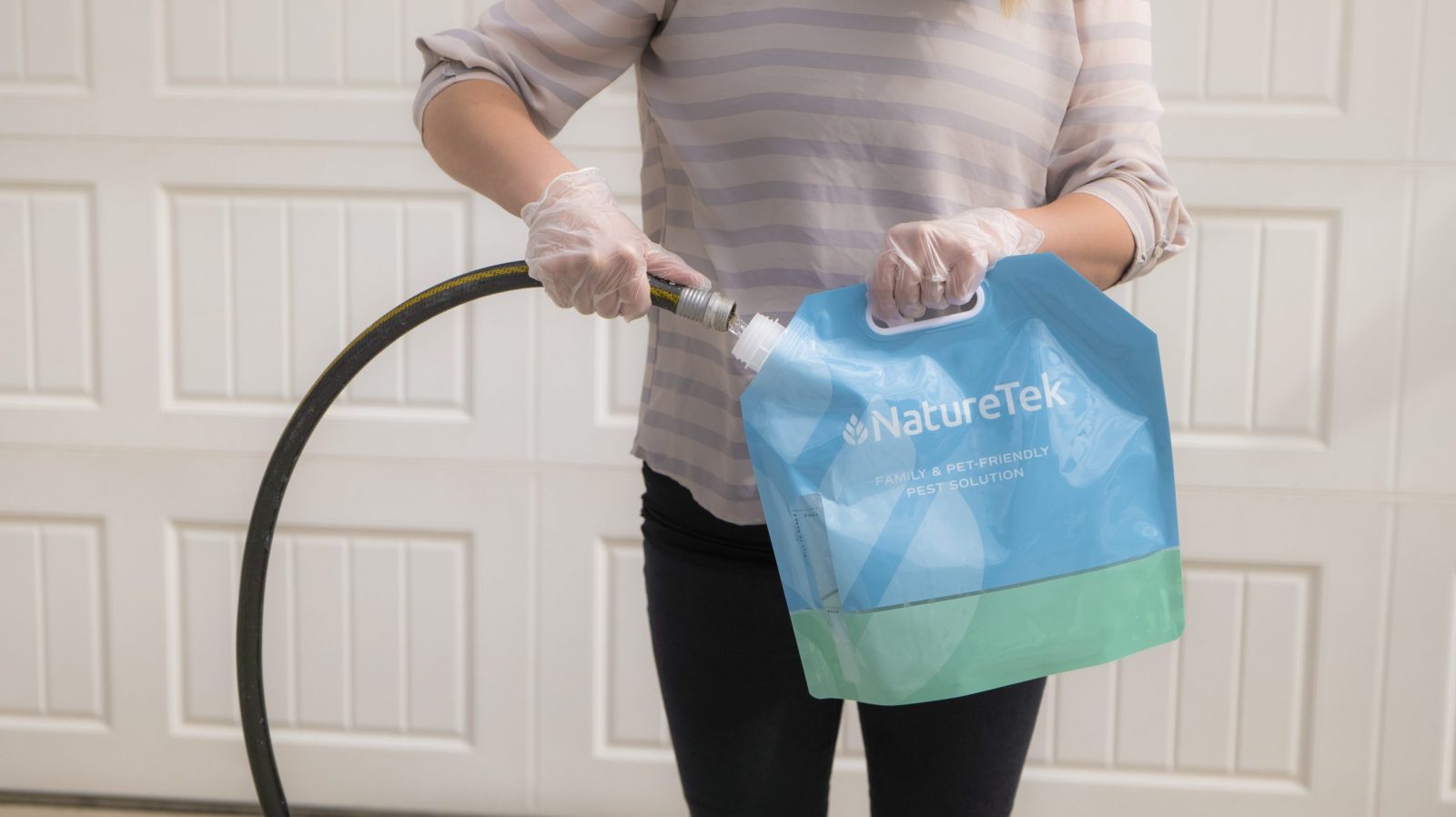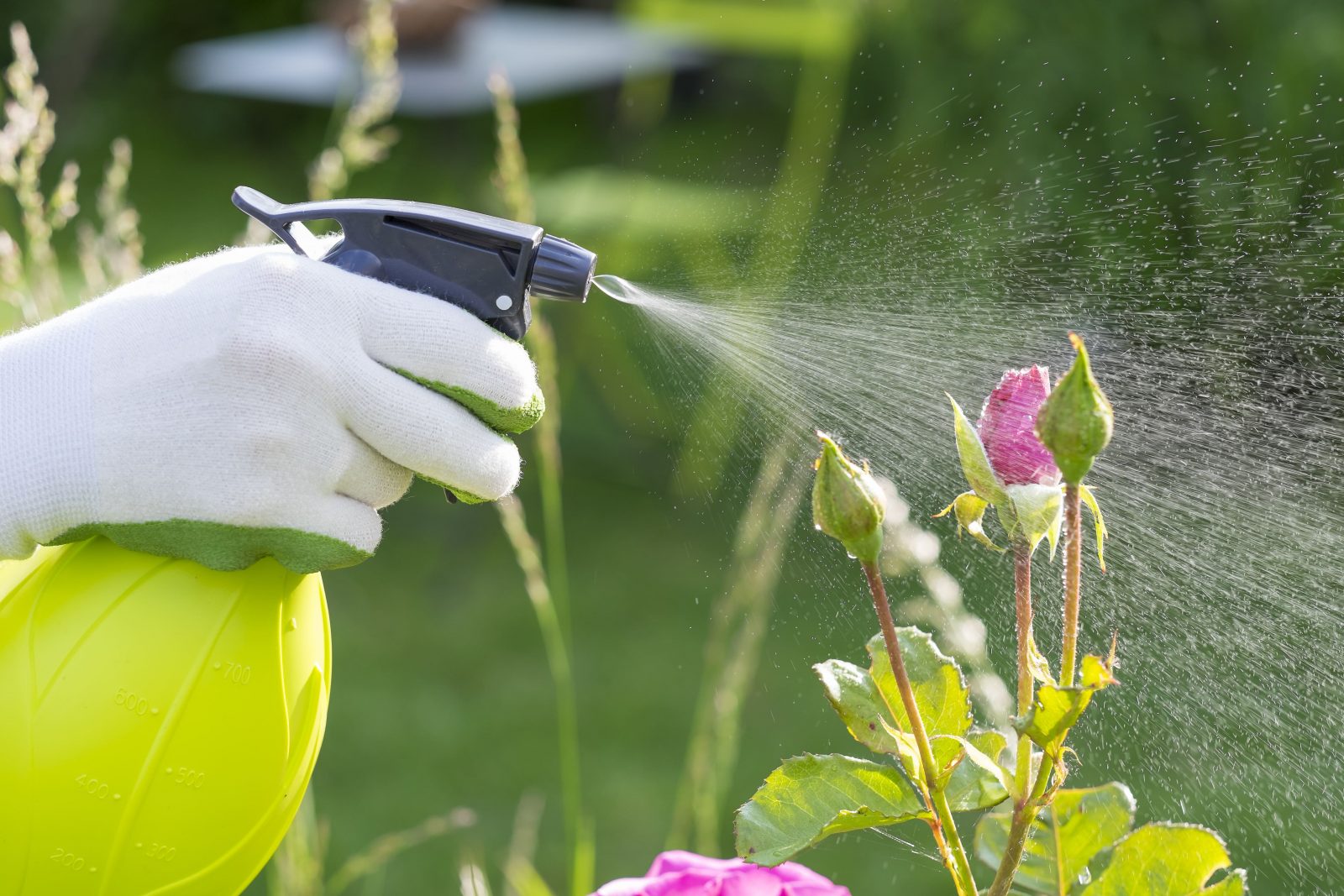There are few words more ugly in today’s world than pesticides.
The word brings to mind harmful chemicals in the food we eat, toxins in the grass and soil, and even the potential for cancer and other sorts of diseases. As with many other facets of life, how much of this perception is based on facts, and how much is based on social stigma?
First, it is important we understand what a pesticide is. Merriam-Webster defines a pesticide as “an agent used to destroy pests.”
The necessity for pesticides has existed for as long as mankind itself. Throughout the ancient records of humanity, you’ll encounter many instances of pestilence, famine, locusts, etc. Our efforts to keep gross bugs away is not a new struggle, but one that has endured for centuries.
The earliest record of using chemicals as pesticides dates back to 2500 B.C. when early farmers burned sulfur as a way to protect their crops from insects*
Since then, people have been continually trying to improve chemical pesticides, both in effectiveness and safety, though not always in equal proportions. Much of the negative stigma associated with pesticides comes from focusing too heavily on what pesticides could do, and too little on what they should do.
In today’s world, one infamous pesticide stands out from the pack in the minds of many: DDT. Developed prior to World War II, DDT, or Dichlorodiphenyltrichloroethane (good luck pronouncing that one), was once praised as the ultimate pesticide solution, providing huge advancements in effectiveness and cost compared to previously available compounds. However, it wasn’t long before the need for safer solutions became apparent. By 1972, the use of DDT was banned in the United States by the EPA, which was a newly formed entity at the time, and quickly made sweeping changes to remove pesticides found to pose environmental or health concerns*
This marked a turning point in our approach to pesticides with a much stricter mandate for safety and larger emphasis on environmental stewardship. Over the last 50 years, pest control products have become remarkably safer and more responsible. The process for approving new pesticides into the market is extremely stringent, requiring exhaustive testing and data.
Despite this positive shift in regulations, the negative stereotype surrounding pesticides has mostly remained, if not deepened. This is largely due to the common belief that dangerous products such as DDT and other harmful compounds are still widely used today, despite being banned over half a century ago. And true enough, there have been modern cases such as the well-known Roundup lawsuit of 2018 that demonstrates the continuing need for diligence when it comes to what chemicals are used, and even more importantly how they’re used.
The fact is that pesticides in today’s market are safer and more environmentally responsible than at any point in history. It is, however, important that you as a consumer have a basic understanding of pesticides and how they’re reviewed so that you can make informed decisions regarding what to apply around your home and family.
One simple rating system vital to understand is the EPA’s use of signal words. Signal words are used to classify a pesticide in terms of its relative toxicity. These are broken down into three categories: Danger-Poison (for highest levels of toxicity), Warning (less toxicity), and Caution (least levels of toxicity). Every EPA-approved product is required to carry one of these designations plainly on the product label, so it’s easy at a glance to get an idea of a product’s relative potential for harm, especially if you come in contact with it in a way other than its prescribed use.
The next bit of information to draw your attention is a pesticide’s active ingredient. This is displayed plainly on the label and identifies what chemical compound is used in a specific product. If you’re researching these active ingredients to identify what is safe to use around your home, it’s recommended that you seek the advice of your doctor if you have specific concerns or allergies.
Finally, if you’re looking for a DIY solution to pest issues, you must be sure to take the required precautions when handling any chemical product. The instructions found on every approved product label will have specific instructions, but common practices include wearing gloves, long pants, and shoes, and of course, never drinking or directly touching products yourself. When you’re finished, careful storage of products is also necessary so that your children or pets do not accidentally interact with stored products.
With this in mind, know that approved pesticides in today’s world are safer than they’ve ever been. There are more resources available now than ever before to allow everyday consumers to improve their quality of life at home by safely using either DIY products or professional pest control application services. Using the information above, you can make an informed decision about what to use, and how to use it.
At NatureTek, we provide the transparency you need to feel comfortable with what we use, as well as safety-first expertise so that we only recommend the safest products available. For example, we only use products that carry the signal word “Caution” (the least toxic products available). We also provide detailed instructions so that every step of the way, you can be confident that you’re applying these products responsibly. Finally, our single-use application procedure means you won’t have to store products at all; we’ll send you only what you need when you need it so you don’t have to worry.



